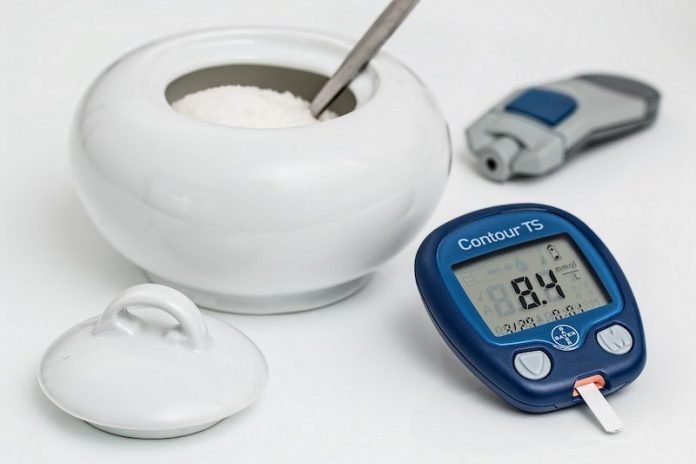
In a new study, researchers found that daily exercise at moderate intensity is linked to beneficial levels of a hormone that may lower the risk of diabetes.
Men who were physically active at moderate intensity for 30 minutes a day, released higher levels of a hormone that reduces appetite and blood sugar levels.
These findings may suggest that even lower intensity of daily habitual physical activity could help prevent metabolic diseases such as diabetes.
The research was conducted by a team at the University of Copenhagen and elsewhere.
A sedentary lifestyle can lead to metabolic complications such as heart disease, diabetes, and obesity, and is the second most preventable cause of premature death after smoking.
Physical activity at any intensity is known to improve health and prolong lifespan.
According to the team, glucagon-like peptide-1 (GLP-1) is an appetite-inhibiting hormone that stimulates insulin secretion and lowers blood sugar levels.
Previous studies have found that exercise may affect GLP-1 secretion but have been inconclusive, and the effect of daily lower intensity exercise, including regular activity such as walking, remains uncertain.
In this study, the team examined the link between normal, daily, physical activity and GLP-1 secretion in 703 overweight men and 623 overweight women.
They found that moderate-intensity exercise, for just 30 minutes a day, increased GLP-1 levels in men, but not in women, who were on average active for only 20 minutes a day.
The findings suggest that daily activity, even at a relatively low intensity and for a short amount of time such as brisk walking, gardening and playing with grandchildren, could improve appetite and blood glucose regulation.
Greater GLP-1 hormone levels decrease both hunger sensation and blood sugar and may, therefore, decrease the risk of both obesity and type 2 diabetes.
The team says that increasing daily activity to at least 30 minutes a day, such as walking rather than taking a bus, could lower the risk of diabetes and improve overall metabolic health.
Low-intensity activity is much more achievable than high-intensity exercise, which can be time-consuming or too physically demanding for some people.
One author of the study is Professor Signe Torekov.
The study is published in Endocrine Connections.
Copyright © 2019 Knowridge Science Report. All rights reserved.



